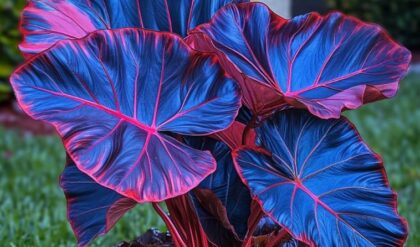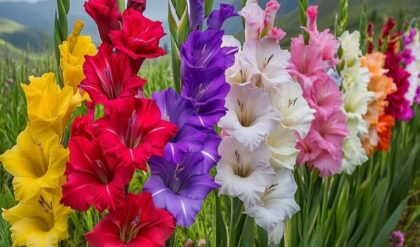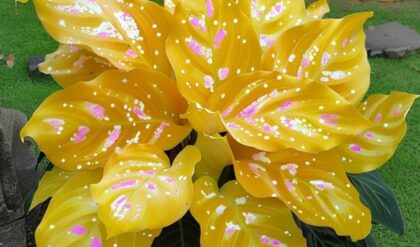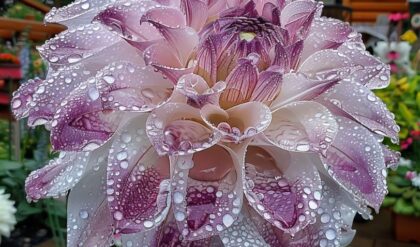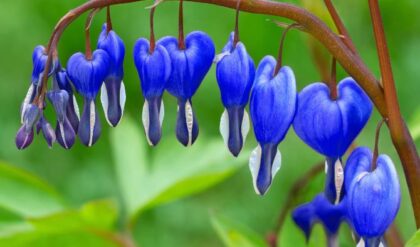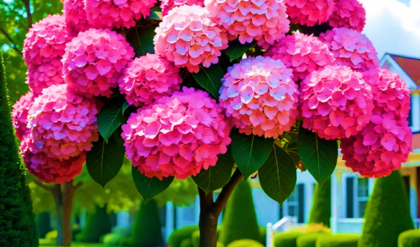The Monkey Orchid, scientifically known as Dracula simia, intrigues not only with its charming appearance but also with its ecological complexity and cultural significance. Originally classified within the genus Masdevallia, it represents a fascinating paradigm shift in taxonomy that reflects broader discussions around plant classification systems and the understanding of biodiversity. Native to the cloud forests of Ecuador and Colombia, this orchid thrives in cool, moist conditions, symbolizing the delicate balance of its natural habitat—an ecosystem under threat from climate change and deforestation. Its most remarkable feature, the flowers resembling monkey faces, invites a comparison to nature’s uncanny ability to craft forms that provoke emotional responses, almost challenging our perception of beauty and typical floral aesthetics. This remarkable morphological trait serves as an adaptive strategy; it attracts specific pollinators while simultaneously drawing attention to the exquisite interplay between flora and fauna.
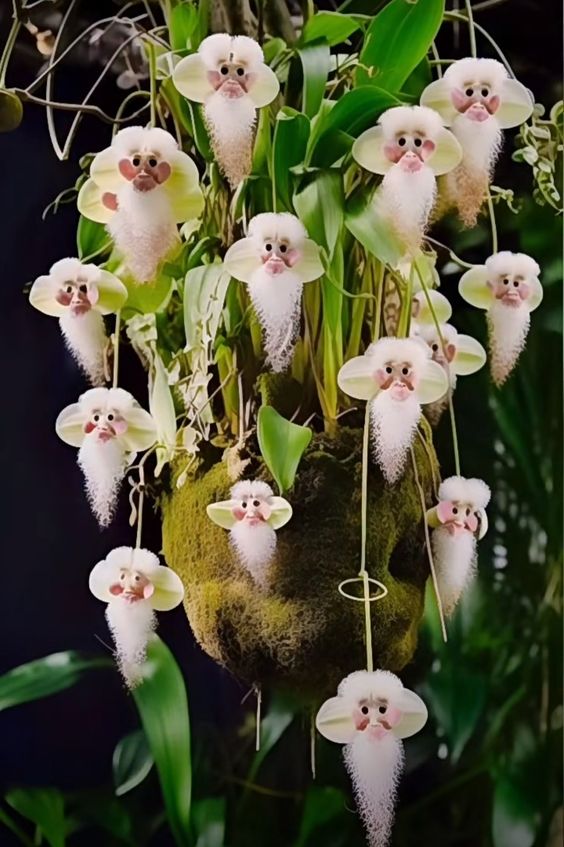
The Aesthetic Appeal and Symbolism
The Monkey Orchid as a Visual Metaphor This unique visual metaphor found in Dracula simia acts like nature’s very own Picasso, mixing art and science in such a way that we begin to anthropomorphize its shapes. This elevates the Monkey Orchid beyond horticulture into the realm of symbolism—evoking themes of connectivity, evolution, and adaptation. In cultures where orchids are celebrated, the peculiar look of this flower can signify much more than mere beauty. The faces in the blooms could be interpreted as reflections on the interconnectedness of all life, serving as a reminder of the larger relationships present in nature.
Symbolic Representations and Cultural Significance The Monkey Orchid’s captivating appearance has captured the imagination of people across the globe, leading to its integration into various cultural contexts. In some regions, the flower’s resemblance to a monkey’s face is seen as a symbol of playfulness, mischief, or even a representation of the divine. The integration of this orchid into art, literature, and mythology speaks to its power as a visual metaphor that transcends its botanical origins. As people engage with the Monkey Orchid’s unique features, they are invited to ponder deeper questions about the natural world, the relationship between humans and nature, and the role of symbolism in shaping our understanding of the world around us.
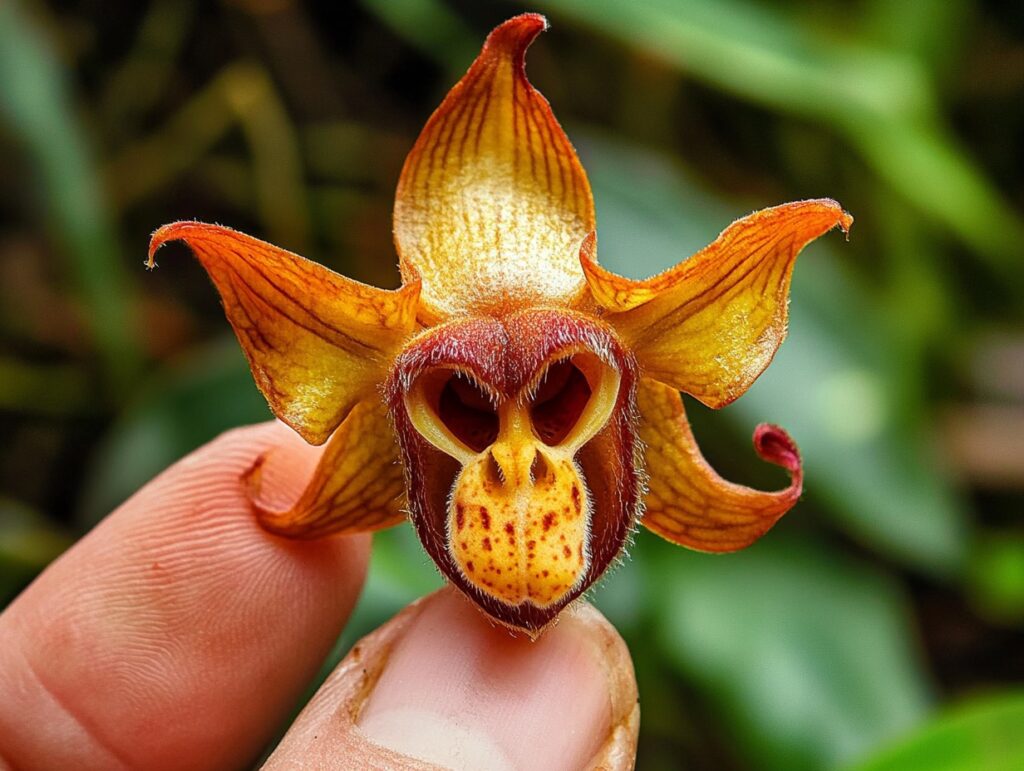
Emotional Responses and Anthropomorphic Interpretations The Monkey Orchid’s uncanny resemblance to a primate’s face elicits a powerful emotional response from many observers. The anthropomorphic interpretation of the flower’s features taps into our innate tendency to seek familiarity and connection in the natural world. This process of “seeing” human-like features in a plant species speaks to the deep-rooted psychological and cultural factors that shape our perception of beauty and fascination. By engaging with the Monkey Orchid’s striking visual characteristics, individuals are given the opportunity to reflect on the subjective nature of aesthetic appreciation and the ways in which our own biases and preconceptions influence our understanding of the natural world.
Biodiversity and Conservation Perspectives
The Ecological Importance of Dracula simia From an ecological standpoint, the existence of the Monkey Orchid prompts critical questions concerning biodiversity and conservation efforts. As habitats shrink and species face extinction, the survival of such unique varieties becomes a focal point in discussions about how we prioritize and implement conservation strategies. Moreover, as one begins exploring various resources, like those detailing Dracula simia and its habitat requirements, it becomes clear how vital these species are as indicators of larger environmental health. Their presence—or absence—can reflect shifts in climate and impact broader ecosystems. The implications are profound; how do we, as stewards of the planet, advocate for preservation while balancing human needs for land and resources?
Habitat Loss and Threats to the Monkey Orchid The Monkey Orchid’s natural habitat, the cloud forests of Ecuador and Colombia, are under immense pressure from various threats, including deforestation, climate change, and human encroachment. The delicate balance of these ecosystems, which provide the cool, moist conditions essential for the orchid’s survival, is being disrupted at an alarming rate. As the habitat shrinks and becomes increasingly fragmented, the Monkey Orchid’s population faces the looming risk of extinction. Conservation efforts must address the multifaceted challenges posed by these threats, not only to protect this unique species but also to maintain the overall biodiversity and ecological integrity of the regions where it thrives.
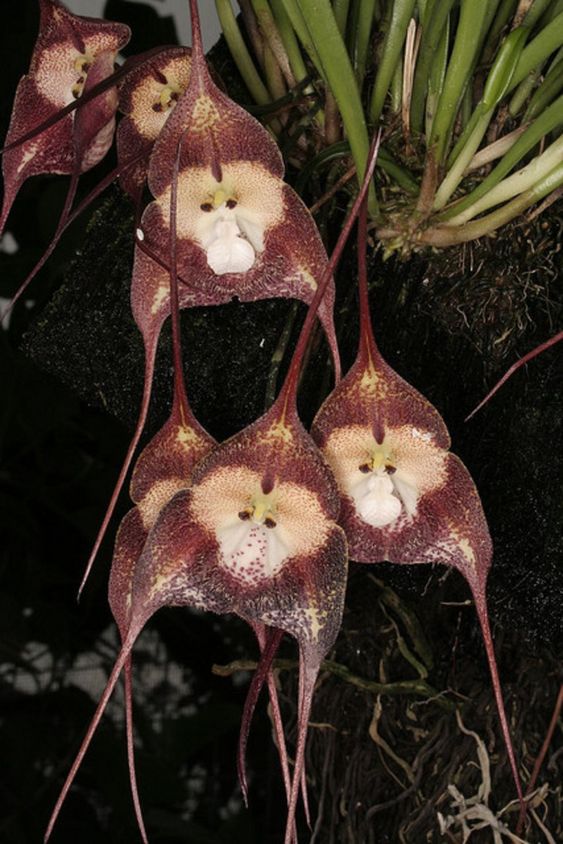
Conservation Strategies and Responsibilities Addressing the conservation of the Monkey Orchid requires a multifaceted approach that encompasses scientific research, policy-making, and community engagement. Collaborative efforts between scientists, policymakers, and local stakeholders are crucial in developing and implementing effective conservation strategies. This may involve measures such as establishing protected areas, promoting sustainable land management practices, and raising awareness about the ecological and cultural significance of the Monkey Orchid. Additionally, research into the species’ biology, reproductive strategies, and habitat requirements can inform targeted conservation interventions and help guide decision-making processes. As stewards of the planet, we have a responsibility to ensure the preservation of this captivating orchid and the broader ecosystems it represents, for the benefit of present and future generations.
Cultural Impact and Awareness
The Monkey Orchid in Popular Culture and Media In today’s global society, the Monkey Orchid fascinates researchers and casual admirers alike, leading to increased awareness and appreciation for lesser-known plant species. Social media platforms serve as modern vessels for knowledge-sharing and education. Pictures and anecdotes shared on Instagram or Facebook can spark curiosity, allowing individuals to delve deeper into topics such as ethnobotany—the study of how people use plants. Such conversations can ignite awareness surrounding the fragile ecosystems where these orchids thrive, fostering a collective sense of responsibility and prompting action towards their preservation.
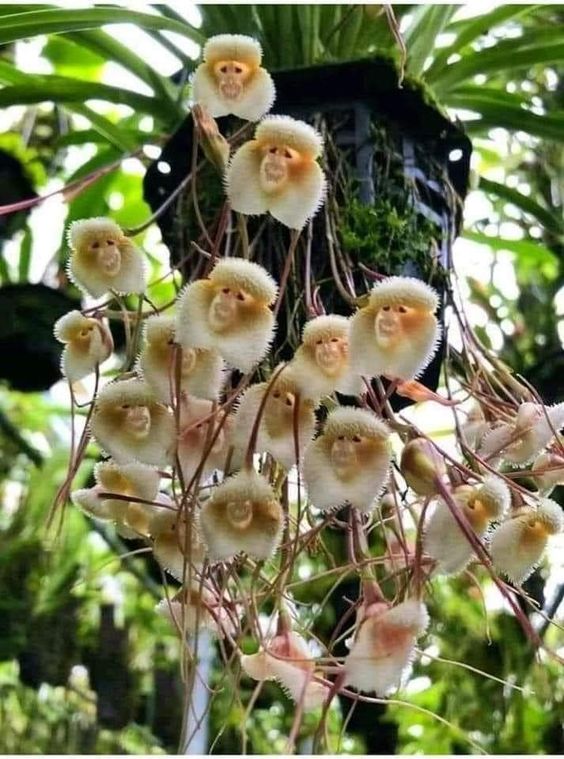
Ethnobotanical Significance and Traditional Knowledge The Monkey Orchid’s cultural significance extends beyond its aesthetic appeal, as it has been integrated into the traditional knowledge and practices of indigenous communities in its native regions. Ethnobotanical studies can shed light on the ways in which these communities have historically used the Monkey Orchid, whether for medicinal, ceremonial, or artistic purposes. By documenting and preserving this traditional knowledge, we can gain a deeper understanding of the orchid’s multifaceted roles within specific cultural contexts, and potentially uncover insights that can inform modern conservation efforts and sustainable resource management.
Educational Initiatives and Awareness-Raising As the fascination with the Monkey Orchid continues to grow, educational initiatives and awareness-raising campaigns have emerged as crucial components in advocating for its preservation. Botanical gardens, natural history museums, and specialized research institutions have taken on the responsibility of curating exhibits and educational programs that showcase the Monkey Orchid’s unique features, ecological significance, and cultural relevance. These platforms not only foster public appreciation but also inspire individuals to become active stewards of the natural world, contributing to the collective effort to safeguard this extraordinary orchid and the environments it inhabits.
Intriguing Comparisons
Evolutionary Strategies and Adaptations If we draw parallels to other legendary flowers like the corpse flower (Amorphophallus titanum), which emits a foul odor to attract specific pollinators, the Monkey Orchid elucidates the diverse evolutionary strategies plants employ for survival. Each species is equipped with adaptations perfected over eons, such as mimicry, scent, and shape, forming a nexus of fascination fueled by both educational venues and popular culture. With Dracula simia, we orbit within a richly woven tapestry of scientific inquiry, aesthetic appreciation, and urgent environmental discourse. It encourages us to consider not merely the wonder of its existence but our role and responsibilities in safeguarding similar marvels for future generations.
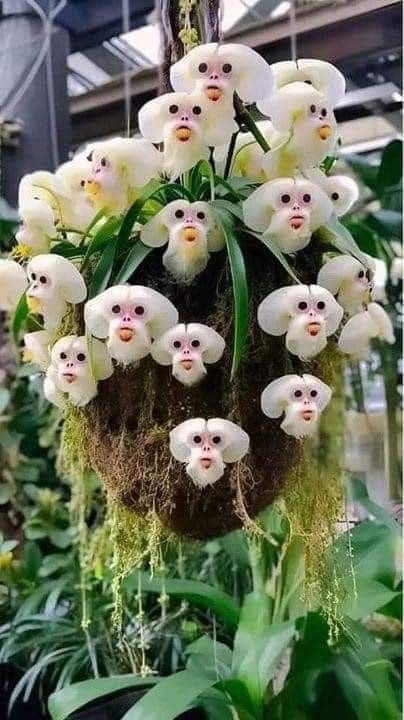
Interplay between Flora and Fauna The Monkey Orchid’s remarkable resemblance to a primate’s face serves as a testament to the intricate and captivating relationship between plants and their pollinators. This morphological adaptation, which has evolved to attract specific animal species, highlights the co-evolutionary processes that have shaped the natural world. By studying the Monkey Orchid and its pollinators, researchers can uncover insights into the delicate balance and interdependence that exist within ecological systems. These findings not only deepen our understanding of biodiversity but also underscore the urgency of preserving habitats and fostering healthy, resilient ecosystems.
Symbolic Representation and Artistic Inspiration The Monkey Orchid’s unique visual characteristics have captured the imagination of artists, philosophers, and thinkers across disciplines. Its anthropomorphic features invite comparisons to the creative expressions of the human mind, blurring the boundaries between art and nature. Much like the surreal and imaginative works of artists like Salvador Dalí or M.C. Escher, the Monkey Orchid challenges our preconceptions about the natural world and encourages us to approach it with a renewed sense of wonder and curiosity. This interplay between the scientific and the artistic elevates the Monkey Orchid to a realm of symbolic significance, where it serves as a touchstone for exploring themes of interconnectedness, adaptation, and the boundless creativity of the natural world.
Conclusion
The Monkey Orchid, Dracula simia, stands as a captivating enigma that captivates the human imagination and prompts critical discussions about the natural world, our relationship with it, and our responsibilities as its stewards. From its striking visual appeal to its ecological significance and cultural resonance, this extraordinary orchid invites us to delve deeper into the intricate tapestry of life on our planet. As we navigate the challenges posed by habitat loss, climate change, and the ongoing biodiversity crisis, the Monkey Orchid serves as a poignant reminder of the fragility and the resilience of the natural world, urging us to cultivate a deeper appreciation and a more proactive approach to conservation efforts. By embracing the Monkey Orchid’s multifaceted significance, we can foster a collective sense of wonder, responsibility, and commitment to safeguarding not only this unique species but the diverse and interconnected ecosystems that sustain life on Earth. Back Viết tiếpNext
